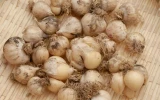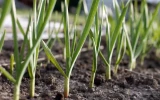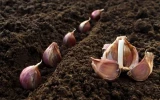Where Does Garlic Grow? (Does It Grow Anywhere?)
Surprisingly adaptable, garlic can be cultivated in a variety of soil types and climates, making it a common feature in gardens and farms worldwide. In this article, we will delve into the world of garlic cultivation, exploring how this versatile plant can be grown in various environments.
Garlic is a hardy plant, growing in various climates worldwide, from cold regions of Europe and North America to warmer areas in Asia and Africa. Its adaptability allows it to thrive in diverse conditions, but it prefers well-drained, fertile soils and full sun exposure.
Garlic originated in Central Asia, but it's now grown almost everywhere! Yet, what's fascinating is how different regions impact the flavor of the garlic, making each variety unique. As you read further, we'll find out which regions produce the majority of garlic production worldwide.
Summary
- China is by far the largest producer of garlic, responsible for about 74% of the global supply in 2020, producing approximately 20.7 million metric tons of garlic that year.
- Garlic originated as a wild plant called Allium longicuspis in West and Central Asia, where it was gradually cultivated over thousands of years into the Allium sativum we know today.
- Different garlic varieties thrive in certain climates and seasons: softneck garlic does well in milder climates, while hardneck garlic favors cold climates and needs a cold period to form bulbs.
- Garlic grows best in fertile, well-drained soil with a pH between 6.0 and 7.0 at an ideal planting depth of 2 inches, with cloves spaced 4 inches apart and rows 1 foot apart.
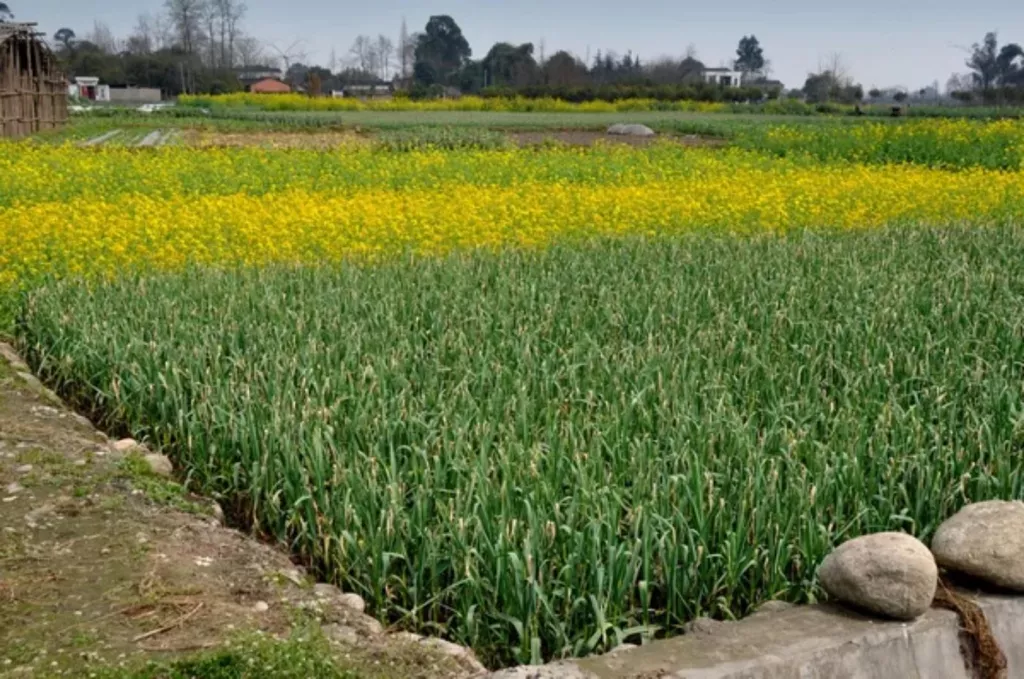
On this page:
Garlic's Historical Origins
Garlic, scientifically known as Allium sativum, boasts a rich tapestry of history dating back to ancient times. Your kitchen's humble garlic has ancestors in West and Central Asia, where its predecessor, Allium longicuspis, evolved.
Here's an interesting truth: the Allium sativum you use today is the result of thousands of years of cultivation and natural occurrences.
Historical records indicate that this pungent bulb was familiar to major civilizations such as the Egyptians, Babylonians, and Chinese.
Imagine walking through the markets of ancient Egypt, where garlic was already a staple, both as a food and for its medicinal qualities. Ancient Egyptians praised it for its health benefits over 5000 years ago.
| Civilization | Known Use of Garlic |
|---|---|
| Egyptians | Over 5000 years ago |
| Babylonians | 4500 years ago |
| Chinese | At least 2000 years ago |
Moving from Asia to Europe, garlic became a foundation in the Mediterranean diet; it was so valued that it was even used as a form of currency. If you were living in Ancient Greece, you might have followed Hippocrates's guidance to use garlic for a variety of treatments.
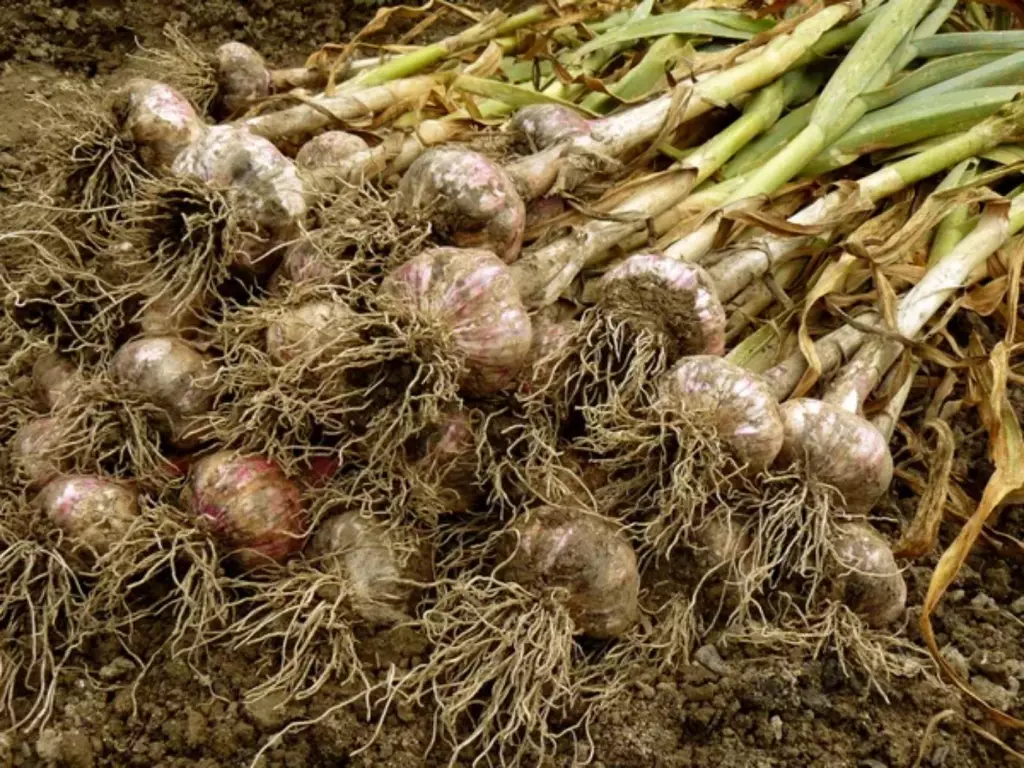
As you use garlic in your cooking, you're partaking in a tradition that dates back millennia—a connection to a collective past through the simple act of meal preparation.
Where is garlic found naturally?
Garlic, scientifically named Allium sativum, is a plant with a rich history in human consumption and use, hailing from diverse regions. Its origins can be traced back to various parts of Asia.
- Central Asia: This is considered the primary region where garlic was first found. Today, it's still part of the local flora.
- Northeastern Iran: The natural presence of garlic has been noted in this region's ecosystem.
- South Asia: Home to a wide array of spices and herbs, garlic naturally grows here as well.
In addition to Asia, garlic grows wild in parts of Europe:
- Italy: Recognized for its culinary traditions involving garlic, this country also hosts the plant in its natural habitat.
- Southern France: Here, garlic is not just a kitchen staple but also a part of the wild landscape.
Despite these roots, garlic has been cultivated and naturalized in many regions across the world, making it a global ingredient. You'll find that it adapts well to various climates and can grow in many different countries outside of its original range.
Global Distribution of Garlic
Garlic is grown globally. Its adaptability allows it to thrive in various climates. You can find garlic from the cold reaches of Canada to the warm regions of Africa.
In cooler zones, such as Zone 1 through Zone 6, hardneck garlic varieties are more common. The Spanish Roja and Western Rose are popular choices.
For warmer areas, like Zones 7 through 10, softneck garlic is recommended. During the cooler months of fall, gardeners in these regions find success with softneck varieties.
In the hottest zones, Zones 11 to 13, planting softneck garlic during fall is also suggested for optimal growth. This ensures that the plant can establish roots before the heat intensifies.
| Zone Range | Garlic Type |
|---|---|
| Zones 1 to 6 | Hardneck |
| Zones 7 to 10 | Softneck |
| Zones 11 to 13 | Softneck |
You'll find garlic in countless recipes around the world for its distinctive flavor. It also serves as a traditional medicine in many cultures due to its health benefits. This hardy plant can be found almost anywhere, given the right conditions.
Major garlic growing regions
Garlic thrives across the globe, but a few regions stand out for their significant production levels. You might be surprised to know that China leads the way.
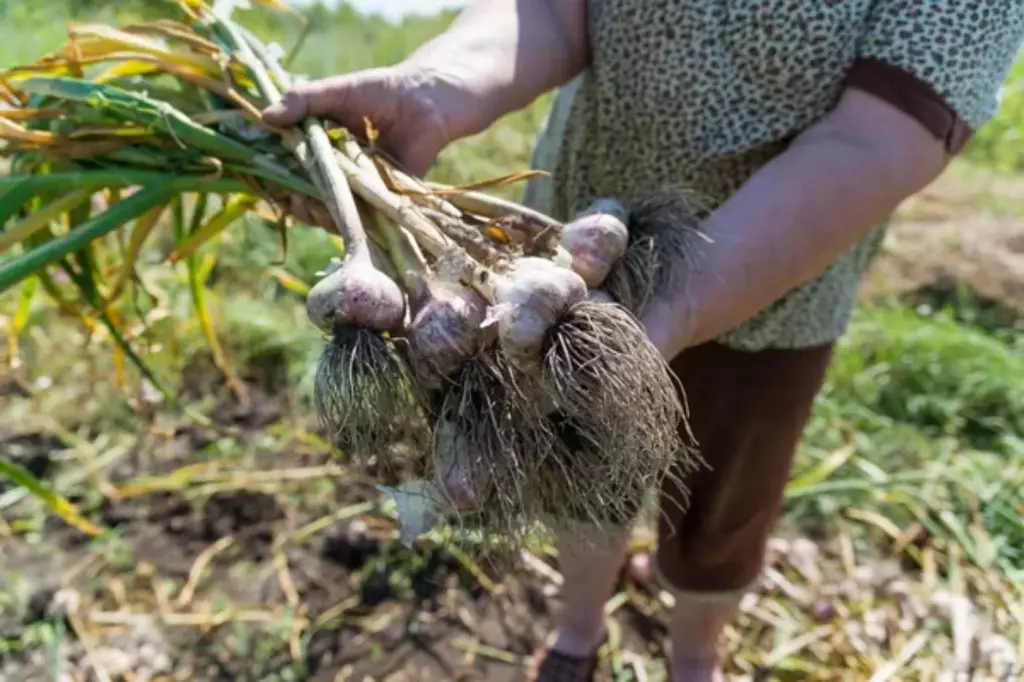
They're responsible for a staggering percentage of the world's supply. To give you a clearer picture, let's look at the numbers.
In 2020, China produced approximately 20.8 million metric tonnes of garlic, which is nearly 80% of the global supply. Following China, India also contributes a substantial share, with millions of tonnes produced annually.
Here's a quick roundup of the top garlic-producing countries:
| Country | Garlic Production (metric tonnes) |
|---|---|
| China | 20,712,087 |
| India | 1,400,000 |
| Bangladesh | 501,611 |
| Egypt | 280,000 |
| South Korea | 275,000 |
Apart from these leading producers, other countries like Egypt, South Korea, and the United States also grow significant amounts of garlic. The soil quality, climate, and cultivation practices in these regions help ensure garlic can be grown on a sizeable scale.
Where does garlic grow most?
Garlic thrives in various regions across the globe, but specific areas are renowned for their production. China stands out as the largest producer, cultivating a significant portion of the world's supply.
Following China, countries like South Korea, India, the United States, Egypt, and Spain are important players in the garlic industry.
If you're curious about the vastness of this production, consider that China's garlic output is prodigious. It's not just fresh garlic; a substantial quantity is also dehydrated for use in prepared foods.
Here's a glance at the top garlic-producing countries:
| Country | Noteworthy Detail |
|---|---|
| China | Overwhelmingly largest producer |
| South Korea | Second largest producer |
| India | Significant producer |
| United States | Major producer |
| Egypt | Key producer |
| Spain | Noted producer |
Your garlic cultivation can be successful too. You can plant garlic in a variety of climates as long as there's well-drained soil and plenty of sun. Garlic is quite hardy and adaptable.
If you're ready to try your hand at growing garlic, knowing when to plant is key. Typically, planting in the fall yields the best results for most varieties.
Ideal Growing Conditions for Garlic
Garlic thrives in various conditions but prefers certain environments to reach its full potential. Here’s how you can provide the best setting for growing garlic.
| Aspect | Ideal Conditions |
|---|---|
| Soil type | Loamy, well-drained |
| Soil pH | 6.0 - 7.0 |
| Planting depth | 2 inches |
| Clove spacing | 4 inches apart |
| Row spacing | 1 foot apart |
| Watering | Consistent moisture, especially during bulb development |
Climate and seasons suitable for garlic
Garlic does well in areas with a distinct change in seasons. Planting times vary: in the fall for cooler climates and spring for warmer areas.
In colder regions, fall planting allows the garlic to establish roots before winter, readying it for rapid growth in spring. Conversely, in warmer regions, spring planting is beneficial, but you may need to chill the seed garlic first.
Garlic soil requirements
Fertile, well-drained soil with a pH between 6.0 and 7.0 offers ideal growing conditions. Amend your soil with compost to enrich it before planting. Heavy or clay soils may need the addition of mulch for improved drainage.
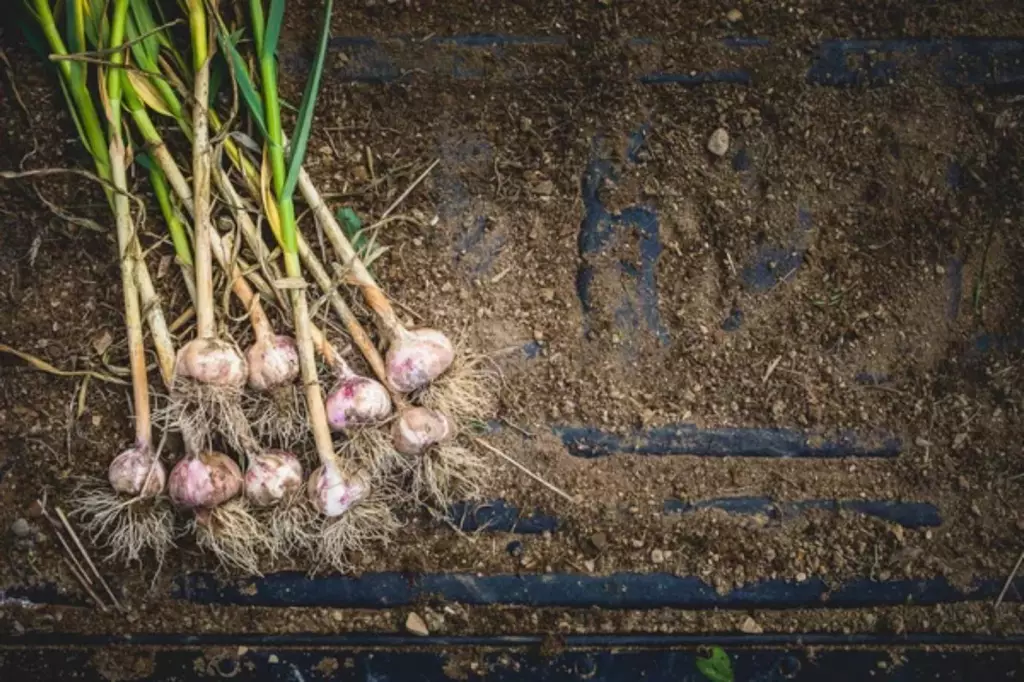
Sunlight and watering needs of garlic
Garlic demands full sun for the most effective growth. Provide regular watering, keeping the soil moist but not waterlogged, as garlic does not tolerate standing water.
Garlic varieties and their preferred climates
Garlic thrives across various climates, but certain types have preferences that allow them to grow optimally. Here's a quick guide on what you need to know about garlic varieties and their favored conditions.
| Garlic Type | Climate | Temperature Needs |
|---|---|---|
| Softneck | Mild | No cold period required |
| Hardneck | Cold | Requires chilling below 45°F |
| Elephant garlic | Moderate | Adaptable to cool and warm |
Softneck garlic varieties
Softneck garlic is adaptable and generally fares well in milder climates. It's the type you commonly find in grocery stores.
- Climate: Prefers less severe winters
- Temperature: Does not require cold to form bulbs
- Examples: Artichoke, Silverskin
Hardneck garlic varieties
Hardneck garlic favors colder climates and requires a chilling period to develop bulbs. It's known for its scapes and complex flavors.
- Climate: Cold or temperate regions
- Temperature: Needs a period below 45°F
- Examples: Rocambole, Purple Stripe
Elephant garlic
While named garlic, it's more closely related to leeks and is milder in flavor. It's larger and performs well in regions with a mild climate.
- Climate: Tolerates a range of climates, prefers moderate areas
- Temperature: Grows well in both cool and warm temperatures
Choose the garlic variety that suits your local climate to ensure a successful harvest. To know how quickly these varieties grow under optimal conditions, you can visit this article for more information.
Does Garlic Grow Underground?
Garlic is a plant that indeed grows underground. It develops from a bulb, which is its base below the soil, similar to the way an onion grows. Each bulb, when mature, comprises multiple cloves.
| Part of Garlic | Description |
|---|---|
| Bulb | The main underground part |
| Cloves | Segments of the bulb |
| Roots | Absorb nutrients and water |
The process is discreet: you plant the individual garlic cloves just beneath the soil's surface. These cloves will each become a new bulb consisting of multiple cloves after some time. This is the part you harvest and use in cooking.
The bulb remains underground during its growth cycle, which protects it and allows it to gather nutrients. However, you'll also notice green shoots.
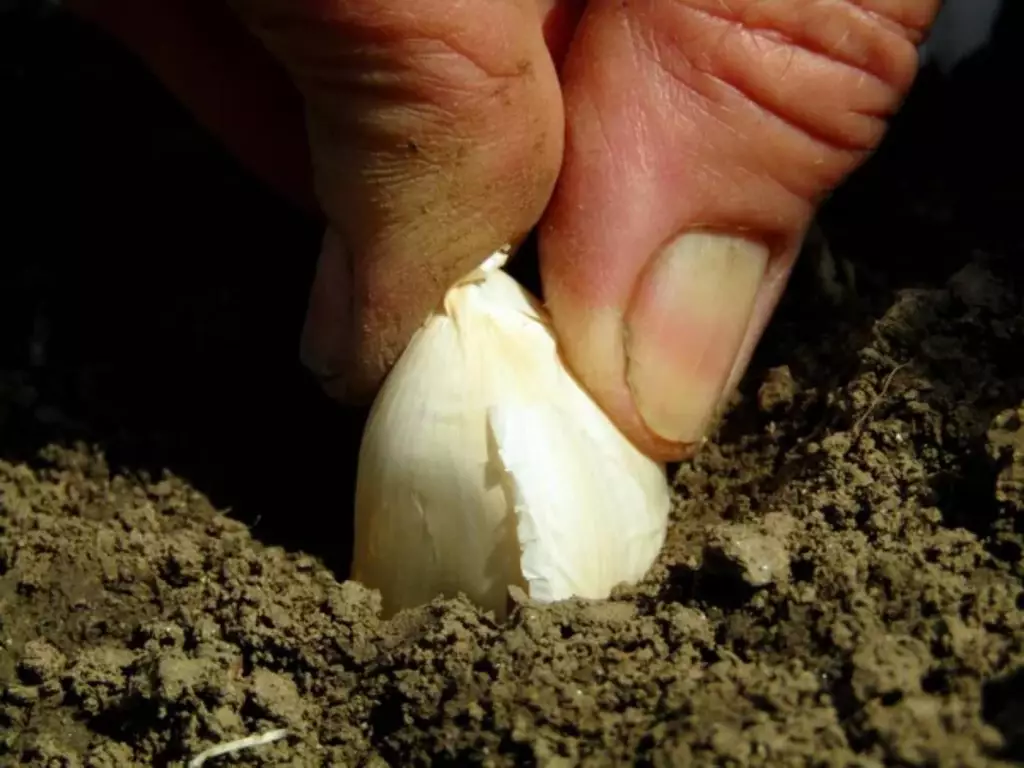
These shoots appear above the ground and play a crucial role in photosynthesis, contributing to the bulb's growth below.
Keep in mind, that suitable planting time and climate conditions will significantly affect your garlic's growth. Garlic thrives best when you plant it in cooler temperatures, and it usually requires several weeks of cold to form the bulb properly.
When you're ready to add that savory flavor to your dishes, remember, that it's the bulb formed underground that you'll be reaching for.
